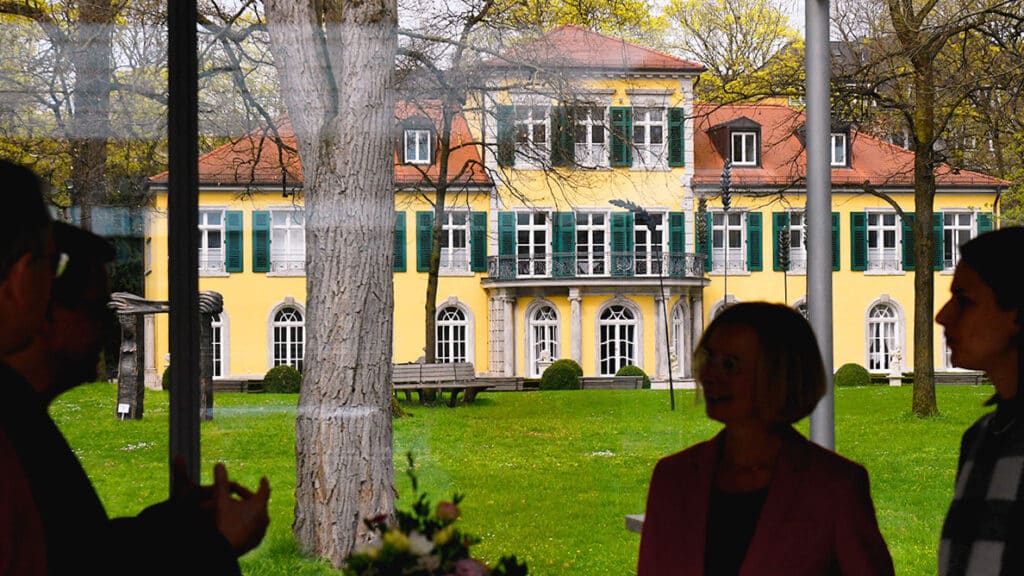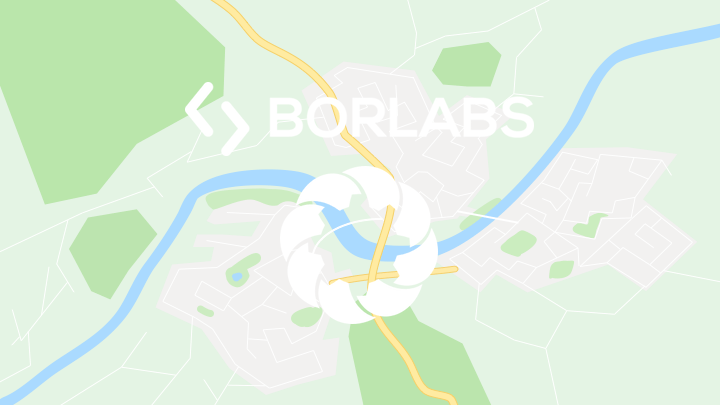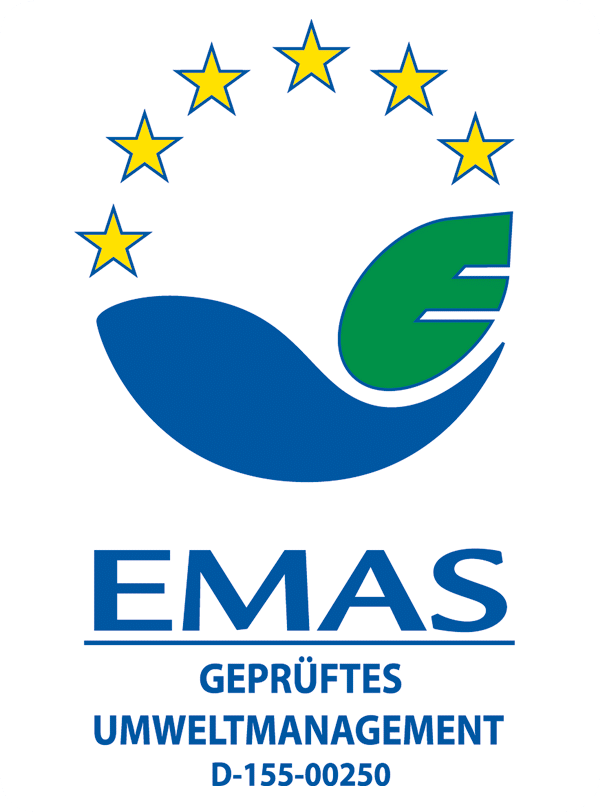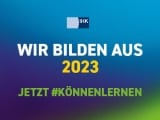Order
The Catholic Academy in Bavaria is an independent ecclesiastical foundation under public law. The Bavarian bishops founded the Academy in 1957 as an independent think tank and continue to finance it today without exerting any influence on its work. Its statutes gave it the mandate, "to clarify and promote relations between the Church and the world"..
Topics
Our range of topics includes religion and politics, science and technology, history and philosophy, art and culture ...
We strive to attract the best experts on every question. Because we want to prepare all the information and interpretations for you in such a way that you can form an informed opinion. That is our mission. Fulfilling it has not become boring for almost 70 years.
Social media
Two YouTube channels offer Videos and Audios of our lectures and now have over 3,500 subscribers.
You can also use our Podcast "the debate which documents selected lectures and discussions from our events.
Also on Facebook and Instagram around 1,000 people follow us at any one time and thus also receive news and views from the team and the location.
Founding history
The Academy was founded in 1957 as an "ecclesiastical foundation under public law". Its sponsors are the seven Bavarian (arch)dioceses. Here you can download the timetable of the founding history and the people involved.
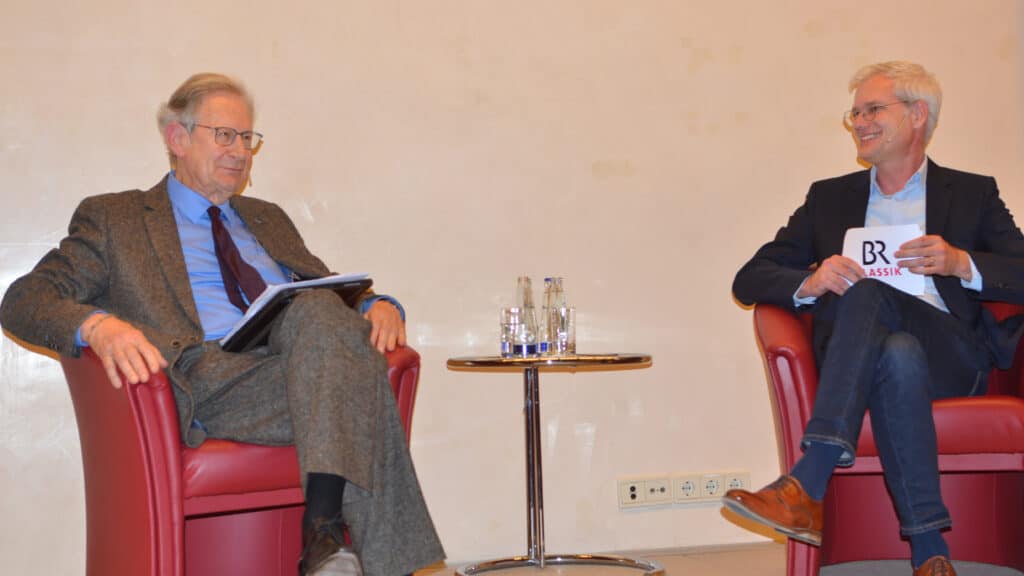

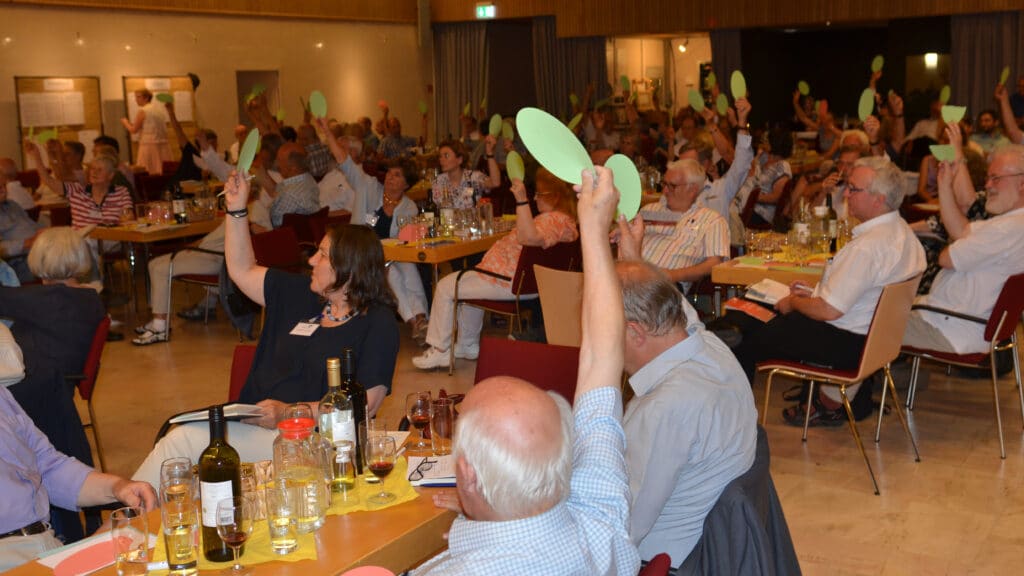
Academy management
The highest decision-making body is the Academy Board. It determines the work programme, discharges the Director and approves the budget. Three members from each of the three councils are elected to the Academy Board. The committee meets several times a year to help shape the work of the Academy.
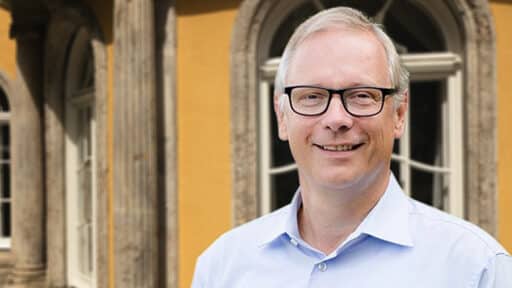
Georg Fahrenschon, Chairman
Former Minister of State

Daniela Philippi M.A., Deputy Chairperson
Journalist, former government spokesperson
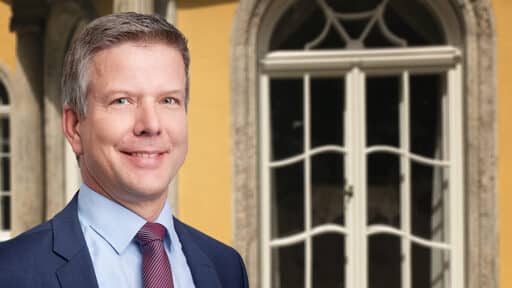
Dirk Reinhard
Deputy Managing Director of the Munich Re Foundation
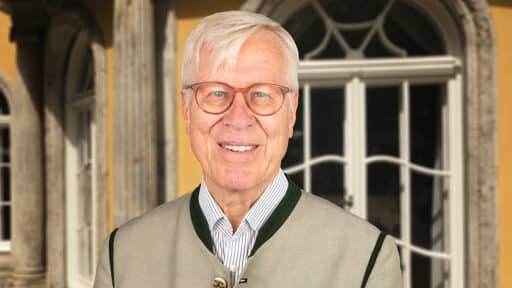
Dr Paul Siebertz
Former member of the Executive Board of HypoVereinsbank
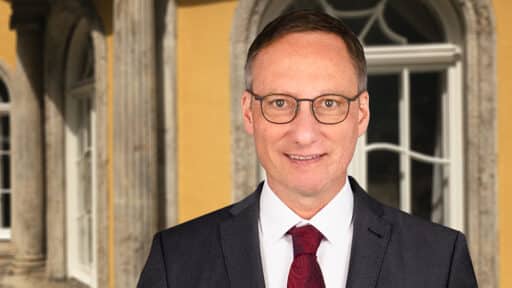
Dr Achim Budde, Managing Director
Director of the Catholic Academy in Bavaria
- Email Achim.Budde@kath-akademie-bayern.de
- Phone 089 38102-114
Extract from the Statutes of the Catholic Academy in Bavaria:
"§ 2 Purpose of the Foundation
The Catholic Academy in Bavaria has the task of clarifying and promoting relations between the Church and the world. This task includes:
1. the scientific deepening of the Catholic understanding of the world,
2. the encounter of faith and the world in mutual exchange,
3. the promotion of Catholic educational work."
The three central bodies of the Academy correspond to the three objectives stated in the statutes:
1. the Scientific Council,
2. the General advice and
3. the Education Committee.
Scientific advice
The Academic Council bundles research trends from a wide range of subjects and guarantees the high academic standard of the Academy. It consists of 24 lecturers from Bavarian universities and supports the Academy in particular in its statutory task of scientifically deepening the Catholic understanding of the world.
Its members are appointed for a period of five years by the President of the Freising Bishops' Conference.
General Council
The General Council seeks out the issues that are driving our society and brings together the media, business and politics, courts, clinics, monasteries and museums. It is the largest advisory body and brings together up to 50 personalities from different areas of society. Its members advise the Academy especially in fulfilling its mission to promote the encounter of faith and the world in mutual exchange.
The members are appointed for four years.
Education Committee
The education committee brings current trends and topics of the KEB into the academy and tries to make its work fruitful in the area. The Education Committee consists of 24 members who are appointed for a period of three years. Permanent members are the bishop's commissioners for adult education of the seven Bavarian (arch)dioceses as well as the respective incumbent state board of the CEF. In addition, there are individual personalities who are connected to adult education in a special way.
Diocese of Augsburg
Bishop Bertram Meier

The Catholic Academy in Bavaria is an independent ecclesiastical foundation under public law. The Bavarian bishops founded the Academy in 1957 as an independent think tank. The work of the Academy is financed by the seven Bavarian (arch)dioceses, among others, without them having any influence on the work.
Diocese of Augsburg
Bishop Dr Bertram Meier
Archdiocese of Bamberg
Archbishop Herwig Gössl
Diocese of Eichstätt
Bishop Dr Gregor Maria Hanke OSB
Archdiocese of Munich and Freising
Cardinal Reinhard Marx
Diocese of Passau
Bishop Dr Stefan Oster OSB
Diocese of Regensburg
Bishop Dr Rudolf Voderholzer
Diocese of Würzburg
Bishop Dr Franz Jung

With the awarding of various prizes and awards, we set very special accents within the framework of our statutory mission.
Romano Guardini Prize
In memory of Romano Guardini (1885 - 1968), the prize named after this religious philosopher, theologian and educator was founded in 1970. It includes prize money of 10,000 €.
The Academy awards the prize to personalities who, in Guardini's sense, have rendered outstanding services to the interpretation of time and the world in various fields of life.
Ecumenical Award
Since 1995 we have been awarding the "Ecumenical Prize at the Catholic Academy in Bavaria from the Wilhelm and Antonie Gierlichs Foundation" for special commitment to the ecumenism of the Catholic Church with the churches of the Reformation. The prize money is € 10,000.
Prize for Young Theology
On the occasion of the retirement of Friedrich Cardinal Wetter, this prize was endowed in 2008 to honour outstanding theological dissertations or post-doctoral theses.
It is endowed with € 1,500. We award this prize annually in consultation and together with the Catholic theological faculties and institutes in Bavaria.
Friendly Sign of the Catholic Academy in Bavaria
With the Friends of the Academy Award, we honour personalities who have rendered outstanding services to the Academy and who are closely associated with us. This award has been presented since 1971.
Cardinal Döpfner Medal
Cardinal Julius Döpfner (1913-1976) was the Archbishop of Munich and Freising and Chairman of the Bavarian Bishops' Conference and protector of the Catholic Academy in Bavaria (1961-1976). He had a decisive influence on the Second Vatican Council (1962-1965) as one of the four moderators. As Chairman of the German Bishops' Conference (1965-1976), he was President of the Würzburg Synod of Dioceses in the Federal Republic of Germany (1971-1975).
In memory of the life's work of this courageous and energetic bishop and cardinal, the Academy management, the Board of Trustees of the Catholic Academy in Bavaria, decided on 5 December 1994 to endow a "Cardinal Döpfner Medal". It is awarded to personalities who have rendered outstanding services to the faith and the Church in the sense of the Second Vatican Council and the Würzburg Synod. The silver medal was designed by the Munich sculptor Max Faller.
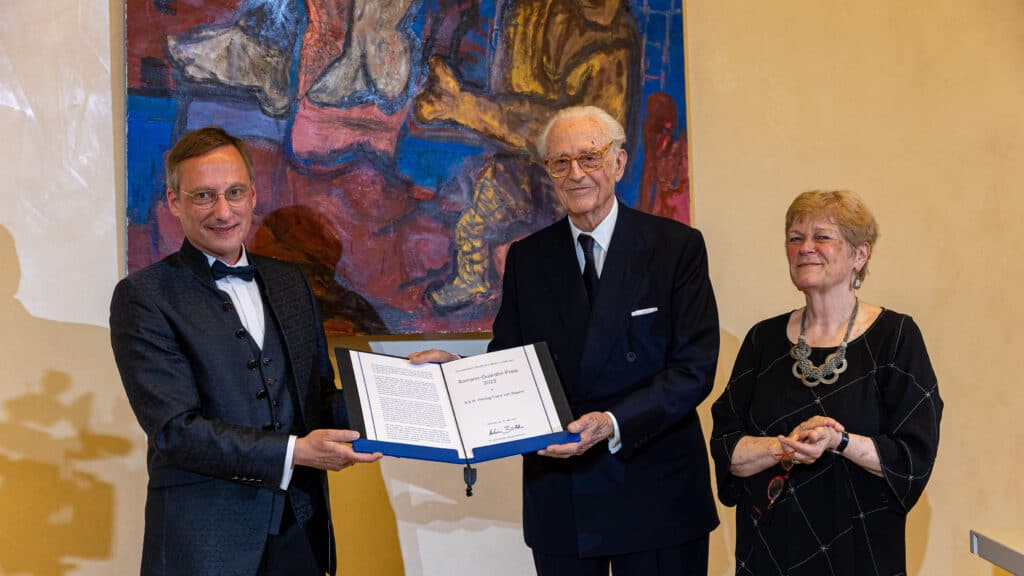
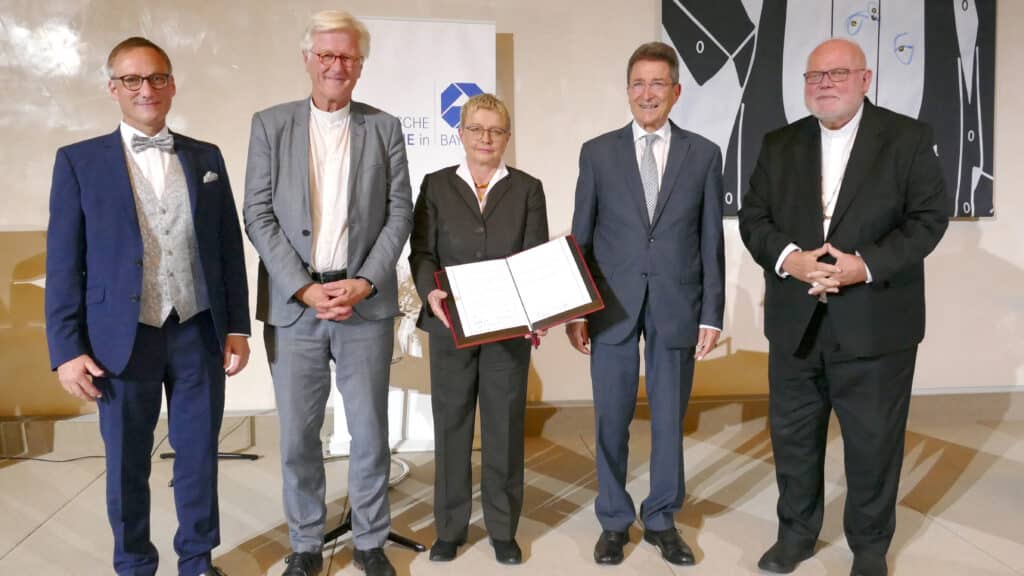
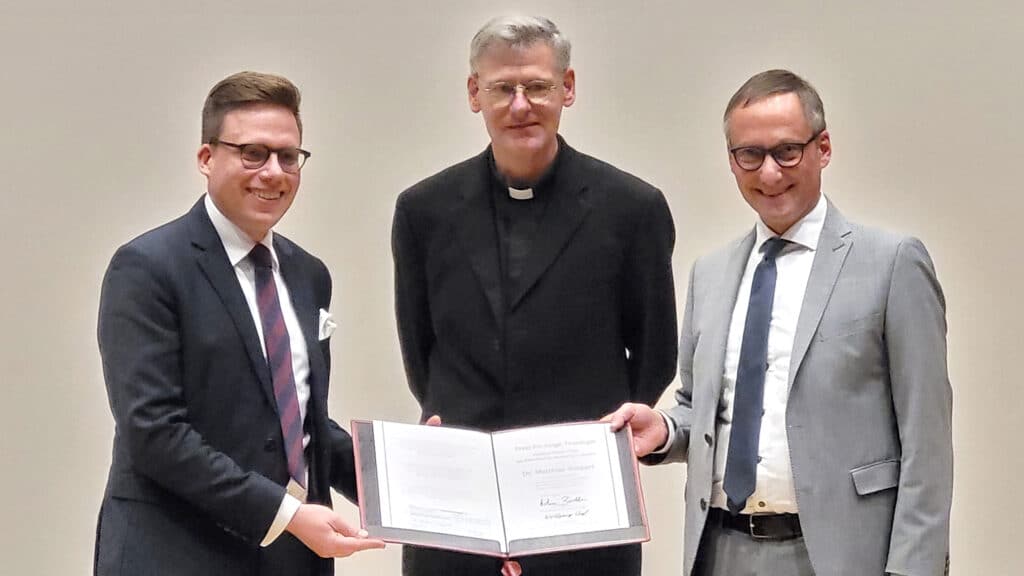
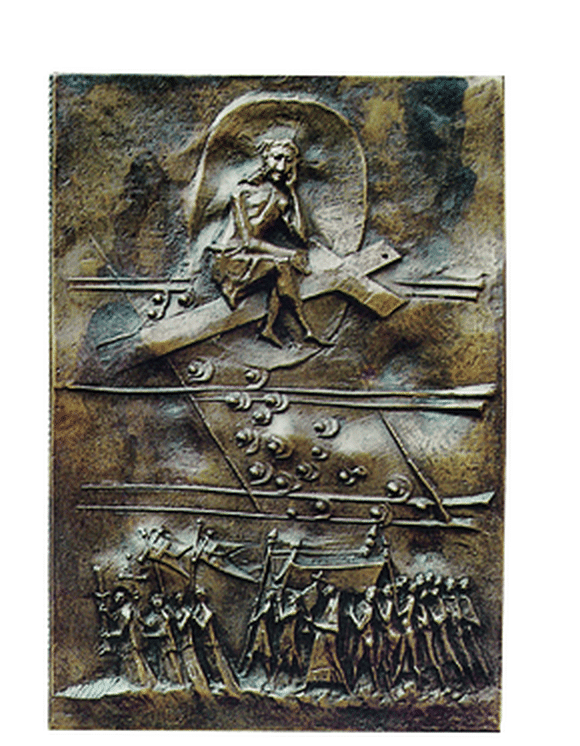
Romano Guardini - Short portrait
Romano Guardini (1885-1968) was one of the most important Catholic philosophers of religion and theologians of the 20th century. As a critical observer of his time, he sought to provide orientation, questioning and yet pointing out clear standards. His concern was the mutual illumination of faith and the world in the service of truth and the interpretation of existence. He dealt with all the fundamental questions of the Christian faith as well as with questions of time and culture, and not least with important figures of European poetry and philosophy.
His literary estate and author's rights are administered by the Catholic Academy in Bavaria, which has also built up an archive of his writings accessible for research.
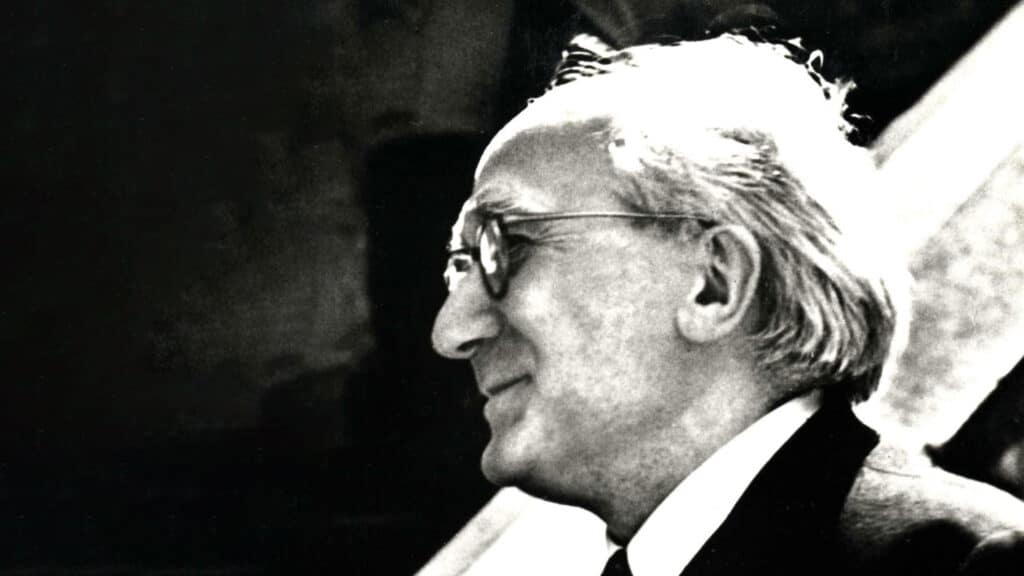
Unobtrusive spirituality
In der Katholischen Akademie in Bayern wird an jedem Werktag um “Zehn vor Zwei” ein ca. 10-minütiges Kurz-Stundengebet gefeiert. In die Hauskapelle eingeladen sind das gesamte Team der Mitarbeiterinnen und Mitarbeiter sowie Hotelgäste, die an der Rezeption auf dieses Angebot aufmerksam gemacht werden. Neben katholischen und evangelischen Mitfeiernden nimmt aus dem Team auch eine Rumänin griechisch-orthodoxen Glaubens regelmäßig teil; im Durchschnitt versammeln sich täglich fünf bis zehn Mitarbeiterinnen und Mitarbeiter.
The time and duration were chosen in such a way that most of the staff in the house - from housekeeping/kitchen to administration to the directors of studies - could easily take part as a pleasant break from their daily work.
The Liturgy of the Hours consists of a sung opening, an ecumenical hymn from the Divine Praise (for 31 days of the month, all songs are set according to the respective day), the reading of the day's Gospel, a good minute of silence, praying the Lord's Prayer together and a sung blessing. Loosely alternating, one staff member does the singing at the opening and blessing and another team member does the respective Gospel reading. It is nice that one of the study leaders is a passionate organist and can often accompany the prayer on the organ.
According to some feedback, the Liturgy of the Hours is seen as a valuable individual as well as communal way of getting into the mood for the day with a common request for blessing.
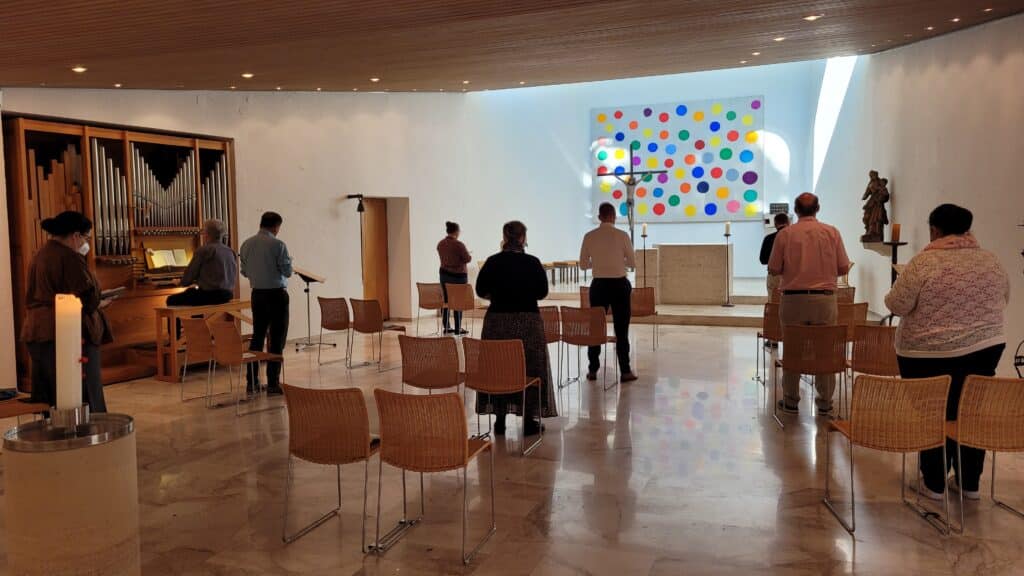
Cooperation with the
Protestant Academy Tutzing
Ever since the beginnings of the Catholic Academy in Bavaria at the end of the 1950s, there has been an annual cooperation conference with the Protestant Academy in Tutzing, which takes place alternately in Schwabing or at Lake Starnberg.
Over the decades, current ecumenical topics have been and are still being taken up today, which also go beyond the Catholic-Protestant perspective and deal, for example, with Orthodoxy or Judaism. Through the advertising on both Academy distribution lists, there have been and continue to be stimulating and enriching ecumenical encounters, both among the audience and among the speakers.
Member "Ökumenisches Stundengebet e.V." (Ecumenical Liturgy of the Hours)
The "Ökumenisches Stundengebet e. V." (ÖS) is a network for liturgical spirituality. It draws on the common tradition of the denominations and opens it up to new forms of language and singing. The network emerged from a joint action at the Munich Ecumenical Church Congress in 2010 and was formed in autumn 2014 as an association based at Rothenfels Castle. The non-profit association now has over 50 personal and around 20 institutional members. Donations and membership fees are tax deductible.
The concern of the ÖS is to revive the celebration of the Liturgy of the Hours. Everyday life with God lives from prayer: from healing interruption, reassurance, gathering... Prayer in community strengthens. The traditional form connects with the world and the millennia. Public worship fills the churches with life. In times of deconstruction, the OES wants to promote the basic liturgy of the people of God. The concept is to find a good form for each assembly. There is no patent remedy; people are far too different for that. But there is experience of how to adapt the tradition to local circumstances, e.g. by using appropriate materials. A pool of liturgical building blocks is continually being expanded and made available to interested parties. The trademark is the specially developed liturgy booklets, which make it easy to celebrate with text and notes, stage directions and short explanations.


Fine Arts at the Academy
Seit ihrer Gründung fühlt sich die Akademie der Bildenden Kunst in besonderer Weise verpflichtet und hat immer wieder Fragen zur Kunst thematisiert. So stand beispielsweise eine ihrer ersten Tagungen überhaupt im November 1957 unter dem Motto „Wo steht die Kunst heute?“. Einer der Referenten war damals u.a. Georg Meistermann, der 1984 auch den Romano Guardini Preis der Katholischen Akademie in Bayern erhielt.
Über 120 Ausstellungen sind darüber hinaus im Kardinal Wendel Haus durchgeführt worden, darunter – ein besonderes Anliegen der Akademie – aufsehenerregende Ausstellungen mit Studierenden der Akademieklassen der Akademie der Bildenden Künste in München und Nürnberg.
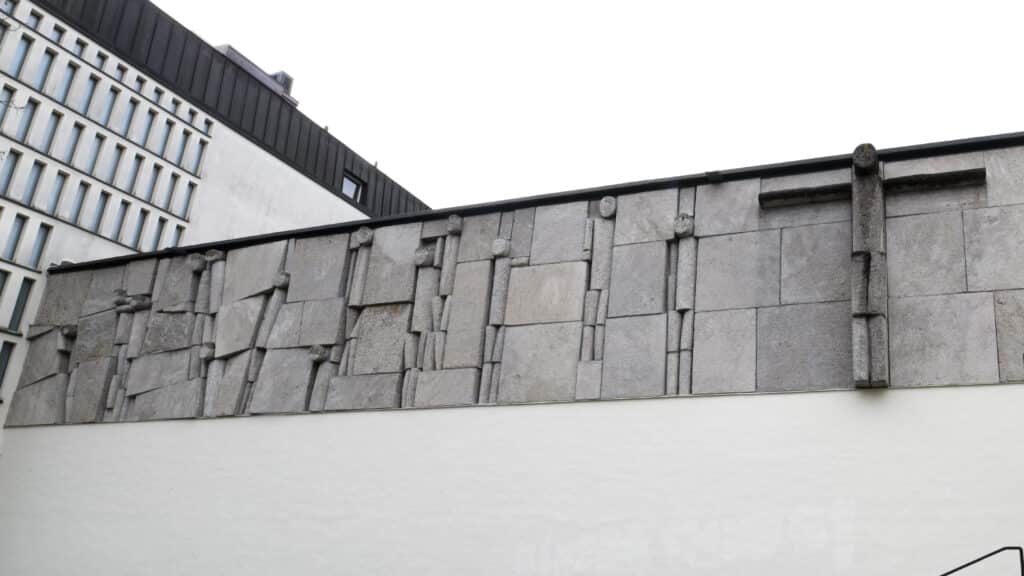
A supporting community
Become a member
Membership in the "Association of Friends and Benefactors" ensures a continuous basis for financially supporting the work of the Catholic Academy. This means planning security for the Academy and opens up space for it to organise attractive events. secure
Funding opportunity
Donate for knowledge!
You would like to support the work of the Catholic Academy?
We are grateful for every donation and are of course also happy about your one-off contribution.
